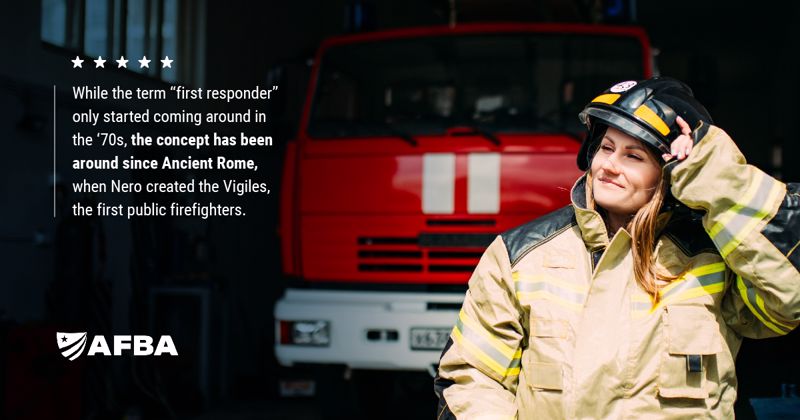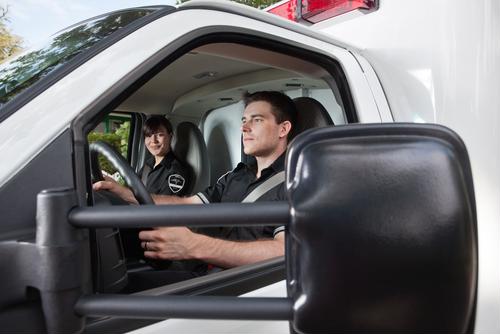When you imagine a first responder, what comes to mind? This role can come in many forms, but in times of emergency, they are on the scene to help stabilize a situation. This could be a police officer, firefighter or emergency medical technician (EMT). They are the people who help ensure everyone on the scene has the best chance of survival no matter the situation.
When you pick up the phone to dial 911, you know that a first responder will be on the other side of the line to give you the help you need.
But this wasn't always the case, and the role of a first responder dates back centuries. Let's uncover this rich history and gain more appreciation for those that dedicate their lives to the safety of others.

The initial concepts of a first responder
As people started to come together to settle into communities in one place, their way of living grew more technical. Along with cooking, a fire was used for light and warmth inside individuals' homes — which were typically made of mud, wood and dried branches and leaves. When a fire broke out, people had little control over how to manage the fire when it caught hold of multiple buildings at once.
In ancient Rome, during the times of Augustus in 62 BC to 14 AD, there was an office called Aedile which overlooked the procurement and maintenance of public buildings. Because people in the city lived in such proximity, it wasn't uncommon for a fire to break out in a flash. The aedile developed a group called the Vigiles who were responsible for managing the fire and putting it out as soon as possible before it caught on to other buildings.
Ancient ambulances
EMT history wasn't too far off from what it is now — besides the extensive medical technology packed within emergency vehicles today. In the 1400s, carts were used to transport patients from their homes to the hospital. This method was developed during the Spanish siege of Málaga by the Catholic Monarchs against the Emirate of Granada in 1487.
Saving lives in the 20th century
War times can bring about a lot of innovation when people are in trouble, in need and incapacitated. In the early 1970s, President Richard Nixon had just taken office and inherited a report done in 1965. It noted that the leading cause of accidental death was car crashes. And, in 1965, the number of deaths overshadowed fallen soldiers in the Korean War.
From here, the "White Paper" made several recommendations for how to counteract these avoidable tragedies including an outline of what we consider first responders: a brigade of police officers, ambulances and firefighters trained and ready for action at a moment's notice.
Evolving to stay one step ahead of emergencies
Since the 1980s, first responders have established the best practices, medicines and care we know and expect today. Like many modern conveniences we experience daily that make our lives safer and more simple, the history of the first responder came when necessity called for it. Every day we can give thanks to the people who stand up to answer the call of duty.

